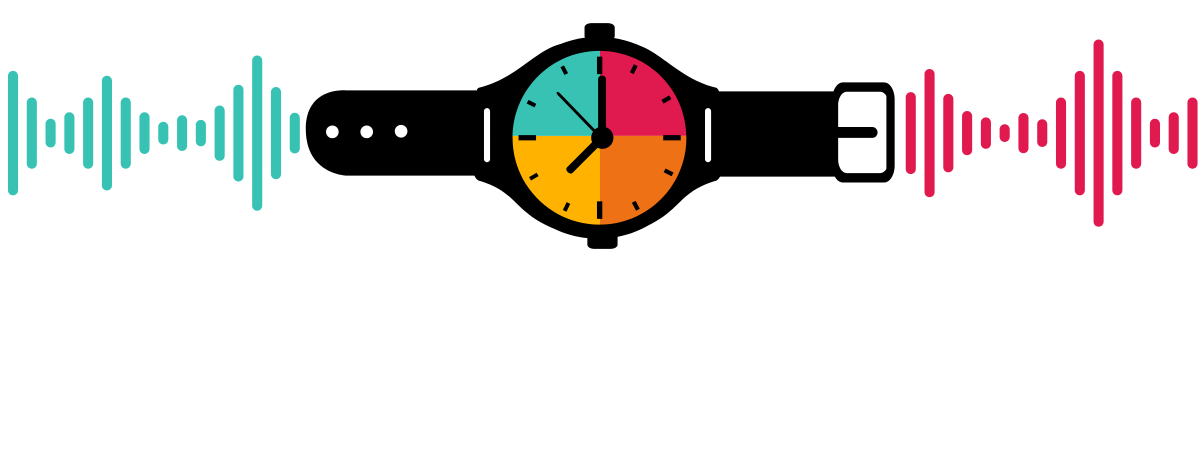When measuring podcast and streaming advertising effectiveness, more data is better than less data. That’s because having more data raises our confidence that the results are reliable. It also provides opportunities for deeper analysis.
With brand lift studies the simplest way to grow our dataset is to increase the number of respondents – the sample – who are taking our survey. From a practical standpoint going from, say, 200 respondents to 400 respondents means we increase the number of people in our survey who represent different demographic or consumer groups. This enhances our ability to report on how a campaign performed with women or men or with specific age or income groups. We also increase the chances of isolating audience segments based upon purchasing behavior or even the specific ad creative they were exposed to.
That said, sometimes there are restrictions on how many respondents we can recruit for a study. When we’re using a live tagged method, recruiting respondents who were organically exposed to the campaign, the size of the campaign – in terms of impressions and downloads – limits the feasible sample.
Simply put, bigger campaigns can bring in more respondent data. And while, as a researcher, I think this should be a consideration in planning an audio campaign, in the real world it’s rarely a primary driver. Even so, given that reality, there is another straightforward way to deepen our analysis.
Measure More than a Calendar Quarter
Extending the campaign time under analysis provides two opportunities to increase our sample. First, having more time to recruit respondents increases our chances of finding qualified listeners who complete the survey.
Second, and more importantly, when you’re measuring more campaign time, you’re usually measuring more media. That factor makes the biggest impact.
The vast majority of brand lift studies I’ve conducted have covered a single calendar quarter – 13 weeks – of media. This matches the way brands and agencies often plan and buy, one quarter at a time, explaining why research also gets organized on this cadence.
However, there’s no hard and fast rule that dictates a calendar quarter is the optimal time period to measure brand lift. In fact, there are many reasons why it’s superior to measure multiple quarters.
More Time = More Data
Since we started by discussing sample size, measuring multiple quarters of a brand’s digital audio campaign with a single study usually increases the number of impressions under analysis – often by a factor of 2x or more – growing the possible sample size by a similar scale. This opens the door to slicing the results more ways, digging into how specific audiences responded to the campaign, fueling more articulate insights and optimizations.
Combine Quarters For Better Feasibility
A longer measurement period also helps with overall feasibility. It can be challenging to do live exposure measurement for small and mid-sized campaigns (typically under eight million impressions), understanding that there can be a variety of reasons why a 13-week campaign can’t be bigger. But if we plan ahead a bit to include upcoming quarters, or even a full year’s upfront, into the measurement strategy, then we increase the chance that we’ll be feasible for a full study.
Get Richer Brand Lift Insights
Extending the time of the brand lift study doesn’t mean delaying results. In fact, it opens the door to more insights. Our best practice for multi-quarter brand lift studies is to schedule check-in reports throughout the campaign run, so that we can see how results are trending. This also provides occasions to rejigger and optimize based on these findings.
One reason why a campaign might be booked a quarter at a time is that the brand and agency teams use these breaks to make creative or planning changes. Yet, this is not a speedbump to extended brand lift studies. New publishers or placements are easily added to an ongoing study, just as easily as they are removed. Creative changes are just as easily accommodated, even adding options to precisely test these adjustments.
A brand lift study covering a half-year or more becomes longitudinal. This means we can see how time and seasonality factor into effectiveness. We do this while also accounting for any changes made in the campaign, comparing everything apples-to-apples, because it’s all within the same study design.
Longer Studies Are More Efficient, Too
The cherry on top is that conducting a longer multi-quarter brand lift study is more efficient than multiple single-quarter studies. Simply put, there are fixed costs associated with spooling up a new study. So, if we can do this just once for a study that covers two, three or four quarters, there are significant savings to be realized compared to doing this for that many separate single-quarter studies.
It’s hard to argue with obtaining more sample and more data that drive deeper insights, for less total investment. Consider looking past a single quarter for your next brand lift survey.




